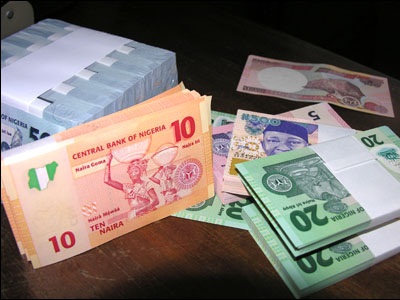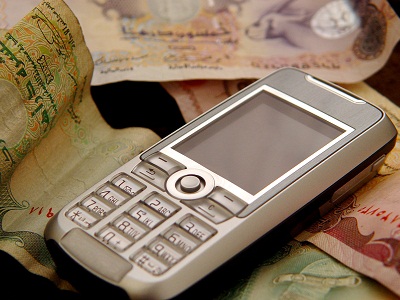Many viewpoints appear on our radar as we sift through news stories from across the continent. All are useful, but some are especially intriguing. This year, we aim to routinely jot down snippets of our thoughts on what is happening in the realm of African Internet progress. We hope the discussion of these themes can ever-so-slightly contribute to a continent where every citizen has the means to not only access, but also to understand the power of the Internet.
On our mind this January 17th, 2012 are a range of themes – from Google’s up-and-down week to cross-border telecom partnerships to 3G arriving in Algeria:
- Tanzania’s plan to spend $189m on a nationwide fibre cable certainly will open more doors for computer users. However, the means to utilize the network must be behind those doors. The good news is the government claims to be committed to e-learning. More questionable is how China expects to recoup its $170 million investment.
- The Google/Mocality controversy earlier in the week serves as a wake-up call for everyone involved in online business. Small companies (like Mocality) need to remain diligent, but not overly paranoid. Tech should understand the nuances of IP addresses and user-agent information. On the other hand, large companies (Google) need to continue to promote ethical business practices.
- Despite the negative press from the Mocality incident in Kenya, Google Ghana launched a program to get Ghanaian businesses online within two years in Ghana. The program helps SMEs create a website, list themselves on Google maps, and set up a Google+ page. Very useful.
- Telecom execs in South Africa are wise to warn consumers not to expect drastic broadband price cuts when WACS goes live later in 2012. The reason: in South Africa, local factors are more limiting than raw international capacity.
- We agree with TechZim that “basic phones will still rule” this year and that Asian imitations will be harder to sell. Pragmatism at its best.
- Network redundancy and number of telecom operators in a country are inversely proportional.
- Free and open source software is a must for cash-strapped entrepreneurs, educators, and developers. Users of such software should be wary of security concerns, however!
- We’re glad to see that the “Silicon Valleys of the World” infographic created by Gist touts the robust entrepreneurial culture of Africa. Nigeria, Kenya, and Ghana all have Entrepreneurial Indices greater than the global average.
- Telecoms news out of Chad is rare, yet it is always positive. Kudos to Cameroon for working with their neighbor to enhance bandwidth capabilities in Chad. More nations need to realize the mutual benefits of cross border partnerships. In this case, Chad (via SITCOM) will link to the SAT3 undersea cable. In turn, Cameroon (via CAMTEL) will share a maintenance platform with Chad. Of course, Camtel will most likely turn a tidy profit…
- We often focus on serious issues of how the Internet enhances learning, improves government transparency, and prevents disease. But it’s used for fun too! Youth in Algeria eagerly anticipate the arrival of 3G later this year. What stands out is the sentiment of a student/blogger who says he can’t wait to prove his friends wrong (by quickly finding the answer online) when they get into a petty argument.
- The island of St. Helena is hardly African, but its geographic proximity and economic relationship with South Africa warrants coverage. Please support the nation’s endeavor to secure greater broadband capacity.
Finally, like the Vice President of Kenya says, consider highlighting positive news out of Africa rather than dwelling on negative issues. That doesn’t mean ignore the bad, but rather emphasize the good.
![]()


















































